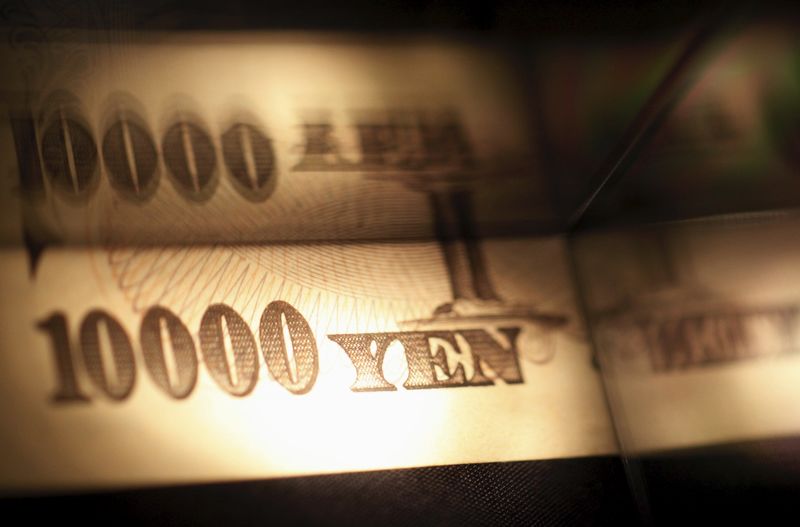
© Reuters.
By Ambar Warrick
Investing.com– Most Asian currencies crept higher on Friday and were set to end the week largely unchanged as the dollar retreated from a 20-year peak.
But hawkish comments from U.S. Federal Reserve Chair Jerome Powell kept investors wary of further losses in Asian markets, amid rising expectations of steep interest rate hikes by the central bank.
The rose 0.3%, while added 0.2%. Both currencies hovered over multi-year lows, and were the worst performing Asian units this week.
China’s yuan was hit particularly hard by a slew of weak economic readings in the past two weeks. Data on Friday showed shrank in August, as COVID-19 lockdowns and an energy shortage severely dented economic activity.
The reading also shows that stimulus measures undertaken by the Chinese government are yet to take hold in the economy.
Data earlier this week also showed that China’s slumped in August, hampered by waning exports and imports. The yuan was set to lose 0.7% this week, and was headed for a fourth straight week of losses.
The Japanese yen was dented largely by the Bank of Japan’s reluctance to hike interest rates. Data this week showed that while the expanded more than initially expected in the second quarter, it is set for more headwinds from rising inflation and new COVID-19 outbreaks.
The yen was set to lose 2.4% this week, and was also down for a fourth consecutive week.
Other Asian currencies, such as the and , rose 0.4% and 0.6%, respectively, on Friday. Most regional units took support from mild weakness in the dollar, which came off 20-year highs.
The and both lost 0.6%, with a jump in the also pressuring the greenback. The euro rallied after the hiked interest rates by a record 75 basis points on Thursday.
Overnight, Fed Chair Jerome Powell said the bank will to rein in inflation. His comments saw traders begin pricing in an the central bank will raise rates by 75 basis points this month.
Falling U.S. also pointed to strength in the labor market, giving the Fed more space to raise interest rates.


